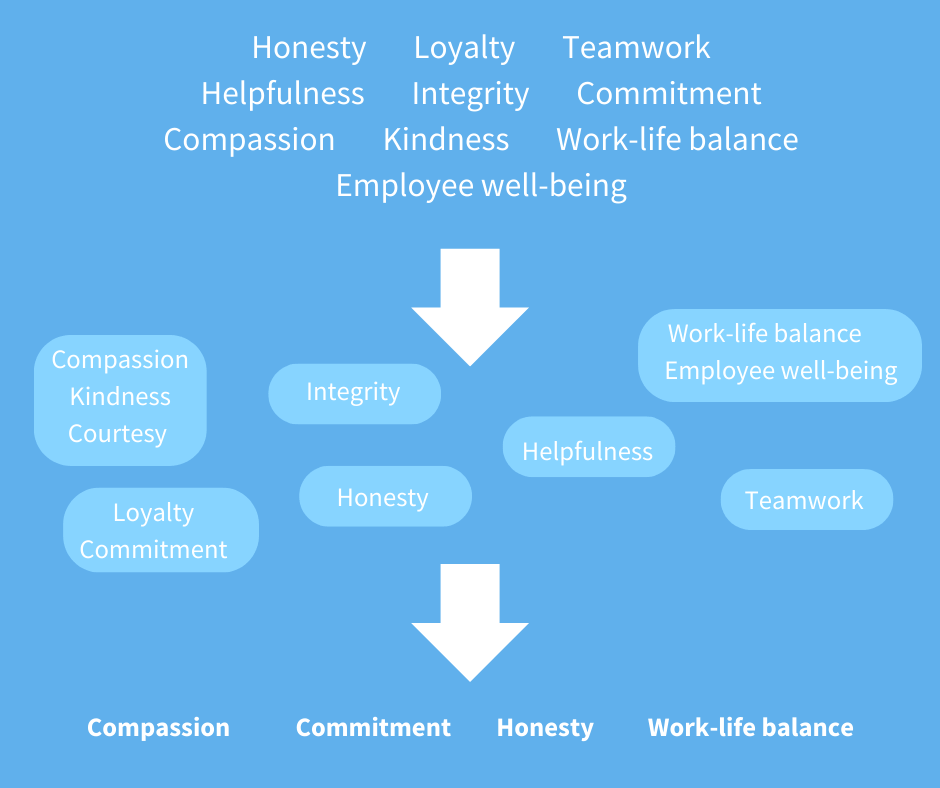Hello there. You are most welcome to the blog this week. I have some Bridgertonese for you. Did you catch Part 1 of Season 3? Oh my heart ❤️.
It is another beautiful week to talk about Mental Health – Your Mental Health.
This week, we’re exploring the essential topic of boundaries—what they are, how to identify them, and, most importantly, how you can maintain them for a healthier, more balanced life.
What do you mean by boundaries?
Boundaries are the limits we set for ourselves in relationships and daily interactions to protect our emotional well-being. They define what is acceptable behaviour from others and help us maintain control over our own actions and reactions.
Healthy boundaries are crucial for maintaining mental health, as they prevent burnout, reduce stress, and enhance our relationships by fostering mutual respect and understanding.
They keep the good things in and the bad things out and consider healthy boundaries like a beautiful fence.


Does everyone have boundaries?
I would like to thing so, the thing is, most of us are not aware of them so they can be easily crossed and lead us to become emotionally dysregulated when it happens. Identifying your boundaries starts with self-awareness and reflection. Here are some steps to help you recognize where your boundaries lie:
1. Reflect on Past Experiences: Think about situations where you felt uncomfortable, overwhelmed, or taken advantage of. What was happening? Who was involved? These situations often highlight where your boundaries were crossed. If it often leaves you feeling like you have been wronged, and sometimes you dismiss it and move on…. seemingly.
2. Pay Attention to Your Emotions: Your feelings are a powerful indicator of your boundaries. Feelings of resentment, anger, or anxiety often signal that your boundaries are being challenged. Notice when these emotions arise and consider what is triggering them. Feelings give us an entryway into our unconscious, and they are quite important information to use in these situations.
3. Assess Your Needs and Values: Understanding your core values and needs is essential. What matters most to you in your personal and professional life? Knowing this helps you set boundaries that align with your principles and ensure your well-being.


4. Communicate Your Limits: Once you’ve identified your boundaries, communicate them clearly and assertively to others. Use “I” statements to express your needs without blaming or accusing others. For example, “I need some quiet time after work to unwind.” This applies to family and children, and gosh, with children, it is hard, but if you do not have boundaries, a loving relationship can quickly become harmful in both directions.
Maintaining Healthy Boundaries
Setting boundaries is just the first step; maintaining them requires ongoing effort and vigilance. This is not to say you must be rigid, but for your well-being, you must know which lines can move and which cannot. Some avoidable distress should be avoided.
A common example is when the phones rings, do you really have to pick it up immediately, at all times, in all seasons and under all circumstances?
Here are some strategies to help your boundaries remain intact:
1. Be Consistent: Consistency is key in boundary maintenance. If you let your boundaries slip occasionally, others might start to disregard them. Stick to your boundaries firmly and consistently especially when you start to practice this. Like any new habit, it will take time for you and others to get used to it. You will be tempted to fall into old patterns but they are usually not helpful so please stick with the plan.
2. Practice Self-Care: Regular self-care reinforces your boundaries by keeping you in tune with your needs. This can include activities that relax and recharge you, such as reading, meditating, gardening, exercise, decluttering your space, walking or spending time in nature. You will find these especially useful for when people who are used to taking advantage of you start protesting and threatening you. They will.
3. Learn to Say No: Saying no can be difficult, but it’s a crucial part of maintaining boundaries. Remember, every time you say yes to something that crosses your boundaries, you’re saying no to your own needs. Practice saying no respectfully and without guilt. No, is a complete sentence and often not easy to use all by itself. Practice a few “no” phrases in your private time. A good use of “no” allows space for the things you should say “Yes!” to.
4. Seek Support: Maintaining boundaries can be challenging, especially if others push back against them. Seek support from friends, family, or a therapist who can provide encouragement and guidance. There are people like you out there doing this brave thing no one talks about, making new rules for how they want to live and I am sure they would love to hear from you. Reach out, find a tribe.
5. Reevaluate Regularly: Your needs and circumstances can change over time, so it’s important to reevaluate your boundaries regularly. Make adjustments as necessary to ensure they continue to protect you and bring the things you want to your life.
Respecting Others’ Boundaries
Just as it’s essential to maintain your own boundaries, it’s equally important to respect those of others.
Pay attention to the cues and limits set by friends, family, and colleagues. This mutual respect fosters healthier, more respectful relationships and sets a positive example for others to follow.
One boundary that is often dismissed is time for events, if you know it matters to your host to be on time, then be on time. Respect is mutual in adult social interactions, we owe it to each other.
If a colleague says they don’t want to drink alcohol, don’t make it your mission to convince them; respect that decision.
Boundaries empower us to live authentically, they allow us bloom and creatively express our gifts. We by extension create a safe space for ourselves and those around us to thrive.
As we continue to explore the many facets of mental health, I encourage you to take some time this week to reflect on your own boundaries. What are they? Are they being respected? And most importantly, what steps can you take to reinforce them?
Start the conversation, keep it going and decide as you go along what you want to bring into your fence and what you want to keep outside it.
Thank you for joining me on this journey towards better mental health. Remember, setting and maintaining boundaries is an act of self-love and respect.
Until next time, stay authentic,
stay resilient, and continue to honour your needs.
Live wholeheartedly,
Amaka





